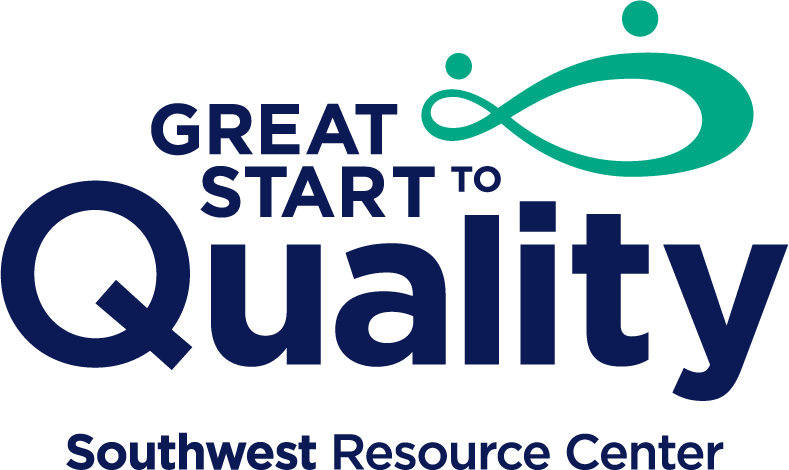What is a Self-Assessment Survey?
Child care, preschool and school-age only programs and providers are scored based on a set of indicators that cover the following areas: Staff Qualifications, Family and Community Partnerships, Administration, Environment, and Curriculum, Screening and Assessment. The scores in each area are combined to give them a Star rating.
What are Star Rating and what do they mean?
Based on a program's Self-Assessment Survey, Validation and possible on-site assessment, each program is given a Great Start to Quality Star Rating. These ratings range from an Empty Star (not participating) to 5 stars (highest quality). The standards they aim to meet are high and reaching each level can take some time. All participating programs are committed to quality and making improvements to help prepare children for kindergarten and beyond. Great Start to Quality stresses that ratings are just one of several factors to consider in finding the right program for your family’s needs.
What are the steps of the Great Start to Quality rating process?
a. Step 1: Update Your Great Start to Quality Program Profile
Step 2: Completing Your Self-Assessment Survey
Step 3: Upload Evidence Supporting Your Self-Assessment Survey
Step 4: Submit Your Self-Assessment Survey
Step 5: Maintaining and Improving Your Program Quality
Step 6: Validation of Your Self-Assessment Survey
Step 7: On-site Assessment Using the Program Quality Assessment (PQA)
Step 8: Published Ratings
*Steps for school age only programs may differ. For more information please visit out-of-school time on the Great Start to Quality website.
How do programs and providers rated by Great Start to Quality improve child outcomes?
Programs and providers with a star rating have demonstrated quality through their practices, interactions and staff qualifications. Many highly rated programs and providers implement the use of an approved screening, assessment and curriculum, have lower adult to child ratios and partnerships within the community. High-quality child care helps children be more successful in school and has been shown to improve health and increase earning outcomes over children’s lifetimes.




